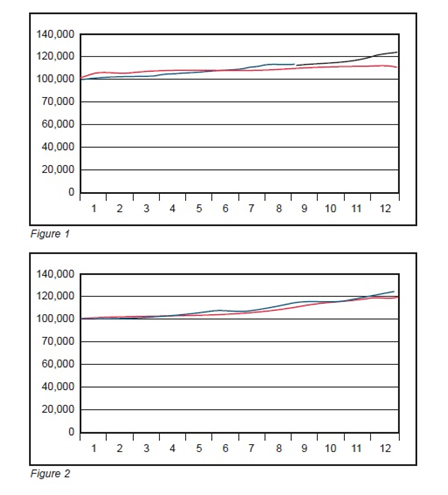Poor Man’s Step Voltage Testing
It is quite possible for the insulation on old motors to test OK at one voltage but fail or show signs of deterioration at higher voltages. This is the reason that step voltage testing is performed. Many megohmmeters on the market do not have a true step voltage test function. This function is typically found on expensive megohmmeters. You can obtain adequate results from lower cost megohmmeters by using just two voltages. In the absence of a step voltage function, two voltages that have typically a 2:1 or 5:1 ratio, i.e. 500 and 1000 volts or 500 and 2500 volts. First test the device at the lower voltage for at least 60 seconds and plot the resistance curve. Next let the device discharge and run the test again at the higher voltage for the same period of time and plot its resistance curve. If the resistance is lower using the higher test voltage, it is an indication that weakness or deterioration is showing up at the higher voltage which could be problematic down the road. If the values are approximately the same and increasing with time, it is a sign of healthy insulation. See the figure below for examples of both.

Figure 1 shows insulation that has signs of weakness as seen by the difference in resistance readings over time at the higher voltage. Figure 2 shows good insulation in that the resistance readings are relatively the same at both voltages over time.
Source: AEMC
